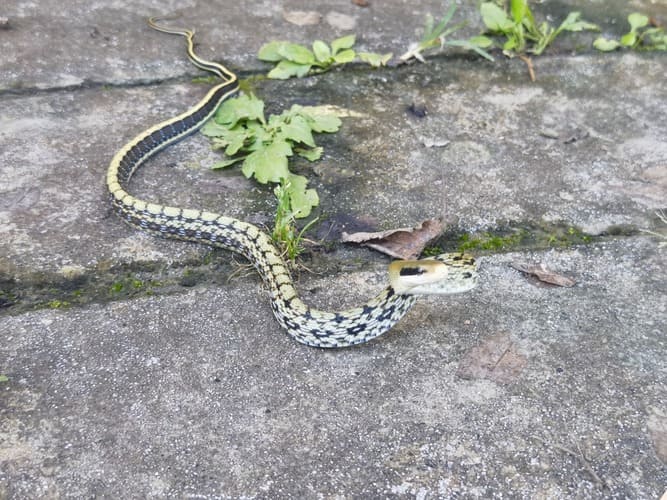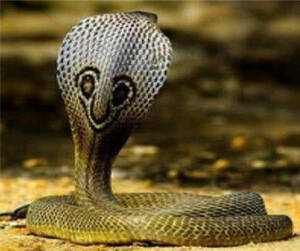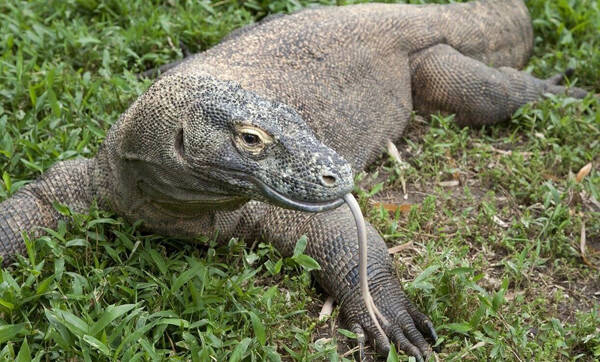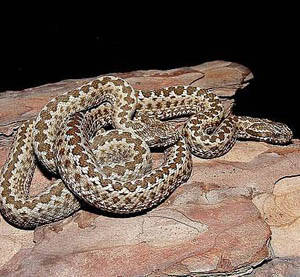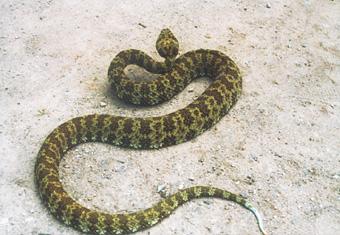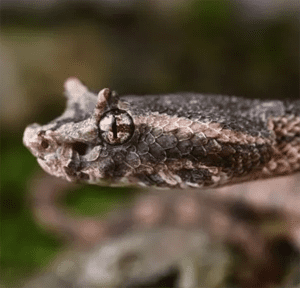Ophisaurus gracilis
IUCN
LCBasic Information
Scientific classification
- name:Ophisaurus gracilis
- Scientific Name:Ophisaurus gracilis,Ground eel, tin snake, thin snake lizard, Yunnan snake lizard
- Outline:Squamata
- Family:S.L.family
Vital signs
- length:50-60cm
- Weight:No verification information
- lifetime:No verification information
Feature
A limbless lizard that resembles a snake
Distribution and Habitat
Distributed in Tibet (Medog), Yunnan, Guizhou (Xingyi, Anlong, Luodian, Wangmo), Guangxi.
They live in caves on dry land on hillsides, hiding under rocks and tree roots, and also live under dead branches and leaves or in shallow depressions on the side of mountain roads.
Appearance
The body is slender and snake-like in appearance. The body shape is similar to that of the brittle snake lizard, but this species is thinner. It has no limbs. The length of the tail is about equal to or slightly more than twice the length of the head and body. There are 3 small scales between the nose scale and the single forehead scale; the ear hole is slightly round, the same size as the nostril or slightly larger than the nostril. There is a longitudinal groove on each side of the body from the back of the neck to the front of the anus, and there are 14 to 16 rows of dorsal scales between the longitudinal grooves; the 10 to 14 rows of scales in the center are larger and ridged, and the front and rear ridges are connected to form a longitudinal ridge. The dorsal and ventral scales of the tail are ridged. The back of the body is dark brown, with black stripes on both sides. The front part of the male body has a blue horizontal stripe; the back of the female has black spots, and there
Details
Burmeseglass snake (Daniel) is a lizard without limbs and looks like a snake. The significant differences in appearance from snakes include: the abdominal scales are not wide and short scales, but have multiple rows of scales similar to the dorsal scales.
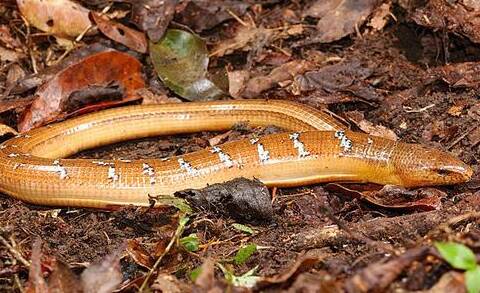
The brittle snake lizard often goes out to forage at night, mainly eating insects. Eggs are laid from July to August every year, with 4 to 7 eggs in each clutch.
Included in the "List of Terrestrial Wild Animals Protected by the State that Are Beneficial or of Important Economic and Scientific Research Value" issued by the State Forestry Administration of China on August 1, 2000.
It is listed as Level 2 in the "List of National Key Protected Wild Animals in China".
Protect wild animals and eliminate wild game.
Maintaining ecological balance is everyone’s responsibility!

